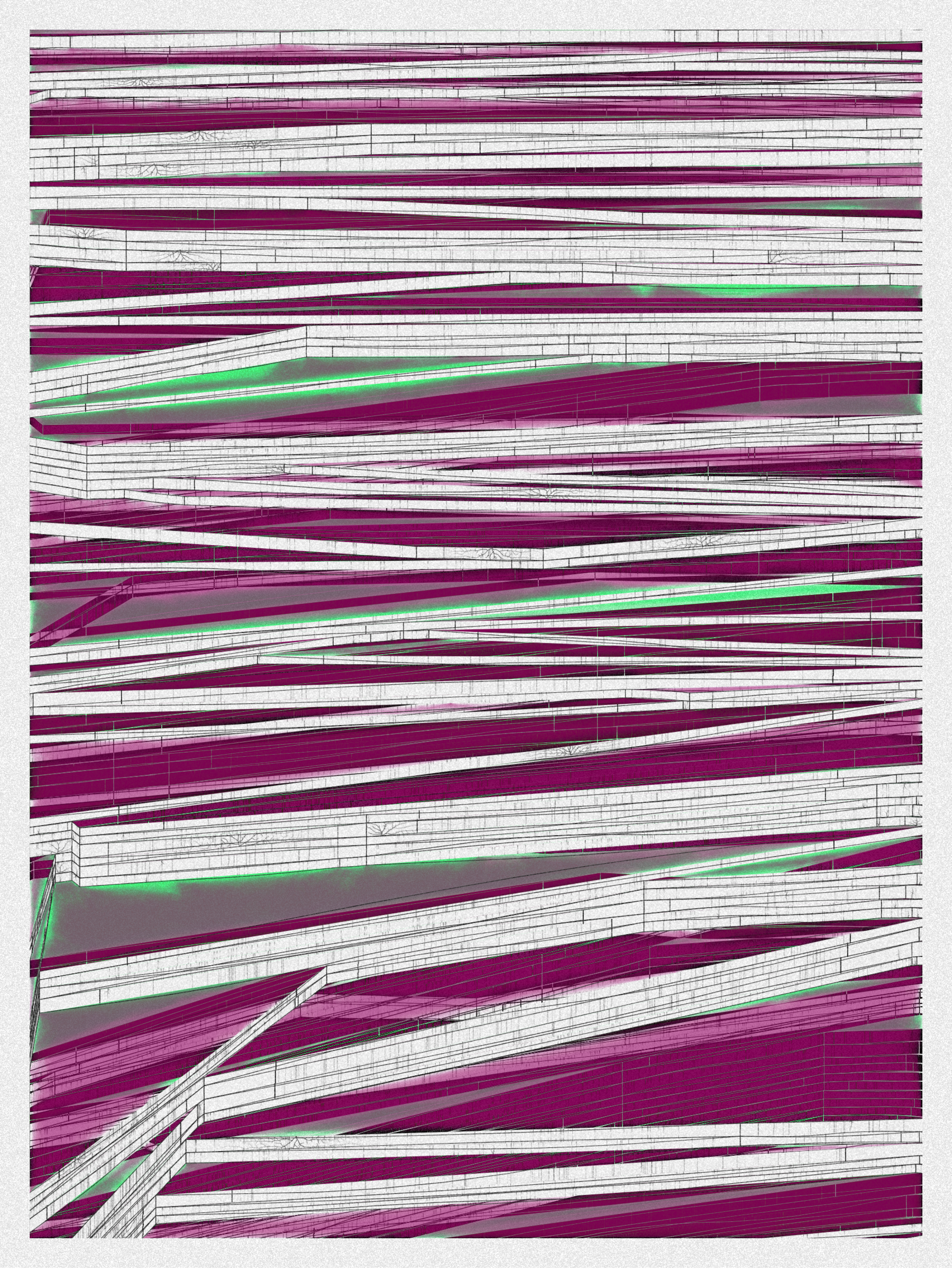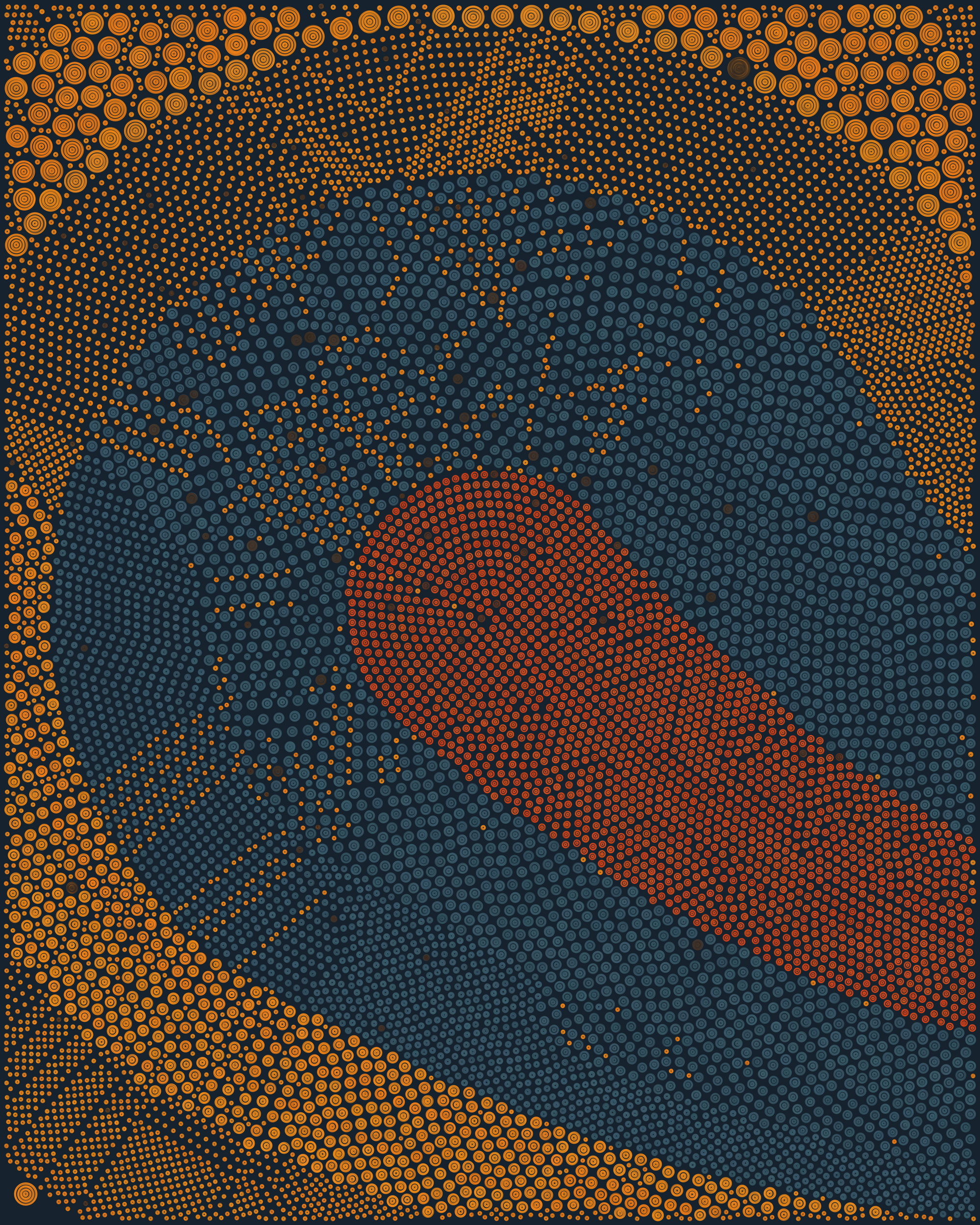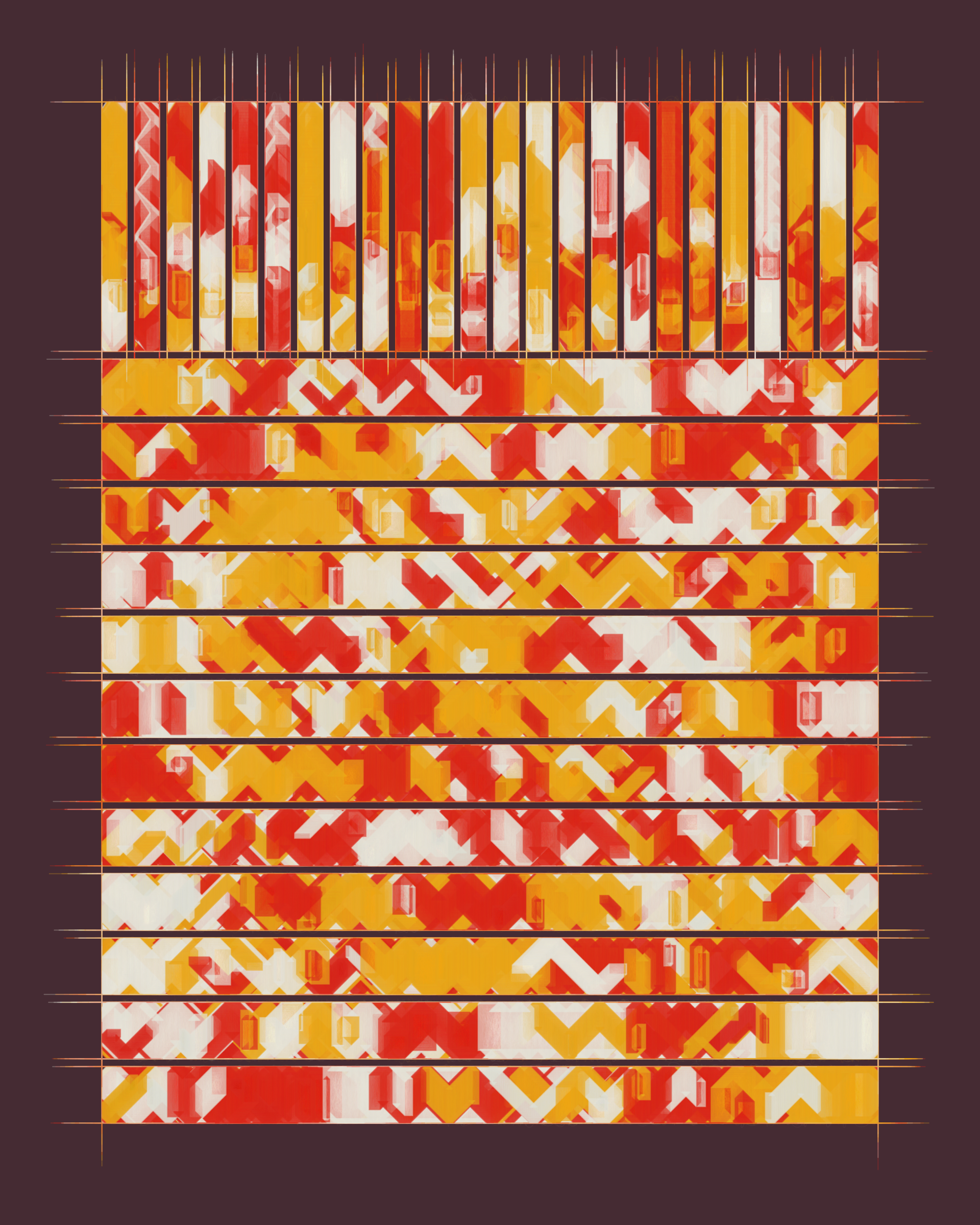Art value lies not within the strict confines of aesthetic allure, cultural significance, or creator expertise, but within the compelling force of demand. It is the ability of art collectors, advisors, and those who perceive art as an asset to shape what is acknowledged as mainstream art. This power has transformed artists, once scorned or overlooked, into celebrated geniuses of today. The vital catalyst? Demand.
As we entered the digital age, the art landscape transformed, with NFTs constituting 16% of the global art market in 2021. A staggering $1.3 billion was spent on NFTs via the generative art platform, Art Blocks, and a whopping $250 million on crypto art at top-tier auction houses. In the wake of this digital wave, Ikigai Labs launched its NFT marketplace, setting the stage for the future of art trading.
Generative art, where artists develop autonomous processes resulting in a completed work of art, has come to the fore in this new era. Not a new concept, generative art has roots as far back as the 1960s, with pioneers like Vera Molnar, Michael Noll, Béla Julesz, and Frieder Nake laying the groundwork. This method, rejuvenated in the digital age by artists such as Tyler Hobbs and Dmitri Cherniak, captures headlines not because it is novel, but because it generates income.
The inclusion of digital works in mainstream sales has sparked a fascinating trend. Works by generative artists such as Hobbs, Cherniak, Seerlight, and Larva Labs have been featured alongside traditional names like Warhol, de Kooning, Brown, and Lichtenstein. Despite high estimates for the latter, it was the digital works that vastly exceeded their projected sale prices.


Why the shift? Perhaps it is the emergence of a younger, tech-savvy collector base at ease with on-chain art and eager to participate in the evolution of the art world. Alternatively, it may simply reflect a wider acceptance of this new medium, as seen in NFT collections by renowned individuals like Bernard Arnault and acquisitions by major cultural institutions.
Indeed, museums and art institutions globally are embracing digital art. The Center Pompidou, Los Angeles County Museum of Art, and Miami's Institute of Contemporary Art have all expanded their collections to include digital works and NFTs. This trend may well be contributing to the growing demand for digital art and its move from niche to mainstream. This shift is intrinsically linked to the advent of new technologies like AI, blockchain, and cryptocurrency - technologies with sweeping implications beyond the art world.
The permanence of on-chain art without physical counterparts remains uncertain, but the enduring presence of next-gen digital art is indisputable. It is being collected, admired, and acquired by museums, signaling a lasting change in the way we consume art. NFTs and generative works, designed to be experienced and traded digitally, are inherently accessible and have proven to be enticing for collectors.


Today, we see a marked shift in perception. Where generative art and NFTs were once considered radically different and thus lesser in value compared to traditional art, they are now being embraced for their innovative potential. Artists have been leveraging technology for creative pursuits since the advent of the computer, but only now are they being recognized for their work.
This is a pivotal moment in art history. The once-niche world of digital art is rapidly integrating into the traditional art sphere. As we edge towards critical mass, we are witnessing, in real-time, the reshaping of the art landscape. This manifesto seeks to acknowledge and celebrate the triumph of demand and digital possibility in defining the future of art.
